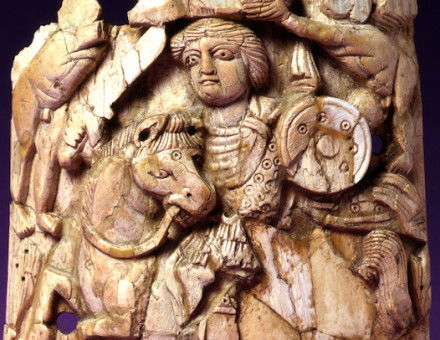Not the Eternal City
Alex Butterworth looks at the parallels between the destruction wrought by Hurricane Katrina on New Orleans recently, and the devastation suffered by Pompeii in the first century AD.
Last February, as for many years past, a giant fibreglass white bull rumbled down Canal Street in New Orleans to the cheers of the revellers watching the Mardi Gras parade. It recalled a tradition that runs from the live steer – the boeuf gras – that first graced the American South’s equivalent of a Roman Bacchanalia in 1872, back through the Lenten celebrations of fifteenth-century France, to the beast that held the most elevated position in Roman sacrificial ritual.
Just such an ox was led into a temple in Pompeii’s forum on February 5th, AD 62. The crowd had gathered to celebrate the anniversary of the late Emperor Augustus being named Father of the Nation and the feast day of the city’s own guardian spirits. They were oblivious to the tragedy about to befall them.





